Heilongjiang, other provinces expecting bumper crops to ensure nation's food security, Tian Xuefei and Zhou Huiying reports.
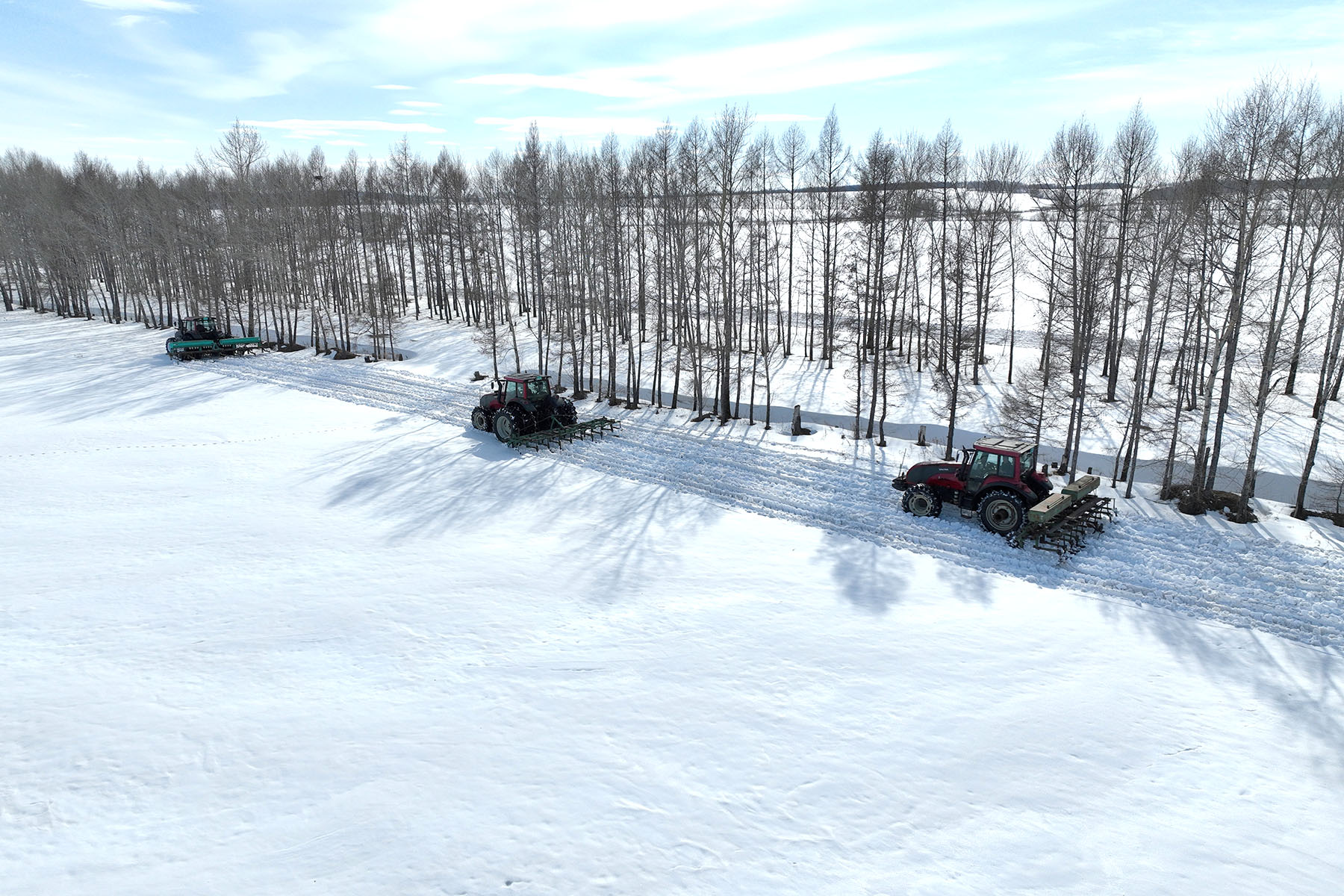
From the prospect of space seeds improving yields to satellite-guided fertilization of soil, farmers across the country are turning to advanced technology to ensure smooth planting this spring.
In recent years, northeast Heilongjiang province has focused on scientific and technological innovation, to improve its agricultural intelligence and methods. Farmers have also taken advantage of new digital technologies to boost grain output and help guarantee national food security.
In early March, at No 290 Company of Beidahuang Group, a large State-owned enterprise, technicians began testing agricultural machinery in preparation for spring planting.
When Xu Jianguo, 59, saw two new rice planters he was optimistic about another bumper harvest this year.
READ MORE: New productive forces in agriculture highlighted
"The planters are equipped with the Beidou Navigation Satellite System, which makes planting more uniform and enables more efficient utilization of limited land," he said.
"The precision fertilization system on the planter can accurately apply fertilizers at multiple depths near the roots of rice seedlings during the rice transplanting stage. At various growth stages there will be sufficient nutrients available to promote vigorous growth of the seedlings."
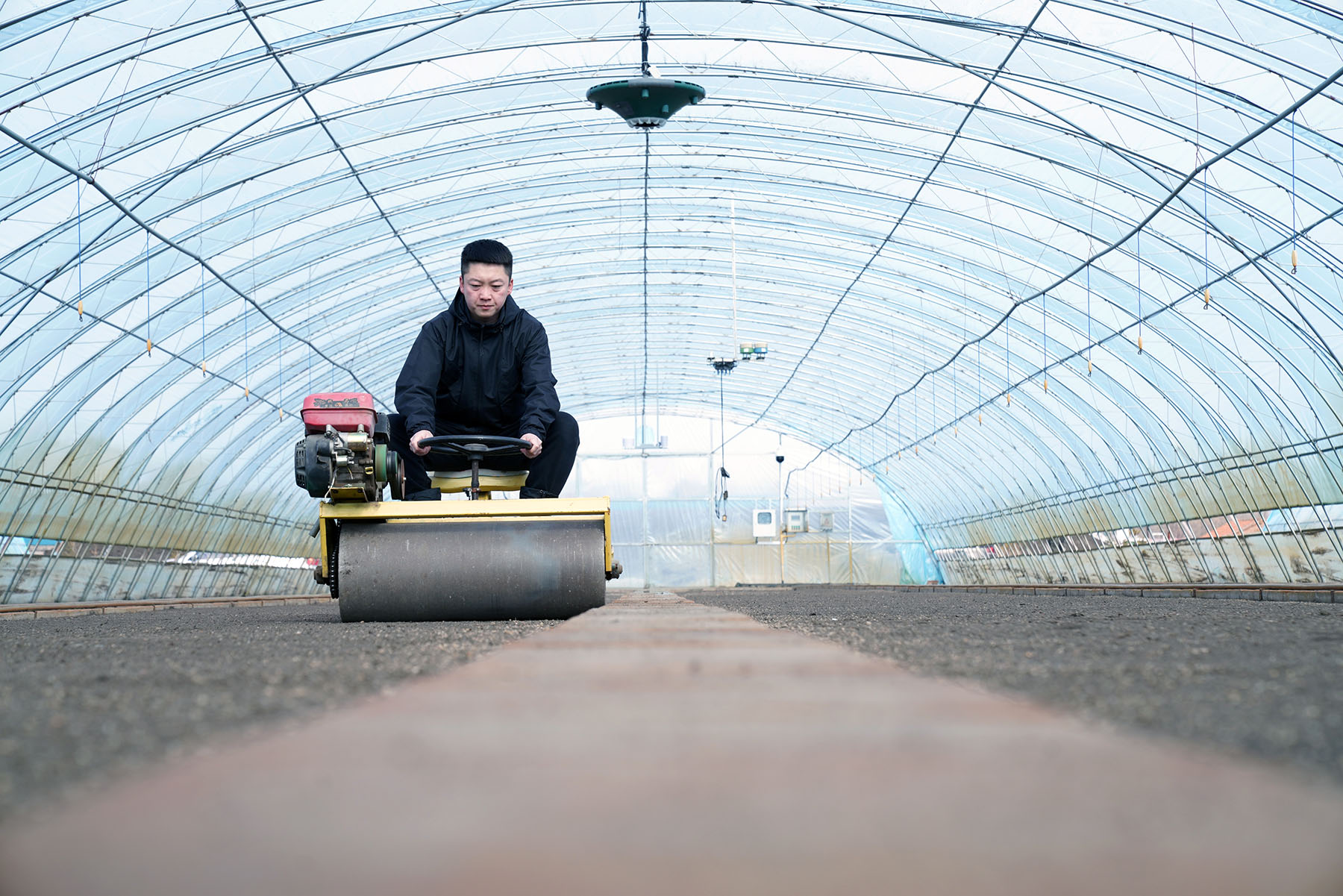
Given the region's climate, the best time for transplanting rice to ensure a good harvest is from the middle of May to early June.
Xu, who has worked the land since 1995, said many farmers in the province are benefiting from the new technology.
"The machines can help us save a lot of time, and allow us to seize the best planting opportunities," he said. "With the help of modern agricultural technology and machinery, rice transplanting can be completed about three days earlier, saving about 20,000 yuan ($2,720) in labor costs."
Last year, Xu generated 800,000 yuan in sales from his 33 hectares of rice. "I believe I will see high-quality rice and high yields this autumn," Xu confidently predicted.
In recent years, No 290 Company — which has 51,333 hectares of arable land for growing rice, corn and soybeans — increased its investment in modern agricultural machinery and equipment, upgrading from traditional methods. In 2024, it purchased 620 pieces of modern agricultural machinery.
The company now has a total of 27,000 agricultural machines and rice production has been fully mechanized.
Every year, the company holds a series of agricultural training courses to improve farmers' knowledge and give them guidance on new "intelligent agriculture" ideas.
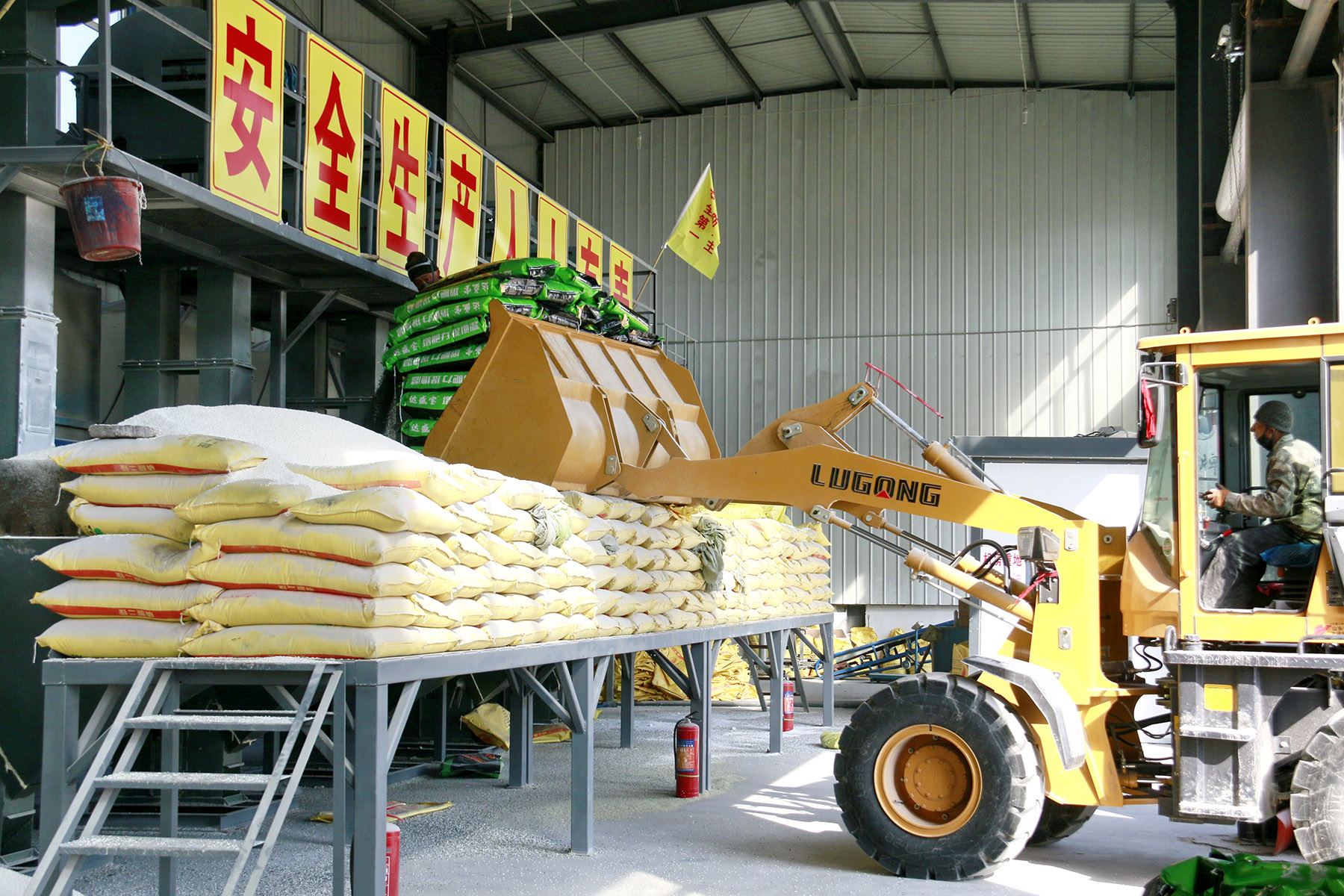
Seasonal stirrings
With temperatures recently rising, spring plowing and preparation of land is well underway across the country.
Winter wheat crops in Shandong province in the east and Hebei province in the north, have entered a key growth phase.
In southern Guangdong province, nearly half of the 871,333 hectares of early rice is ready for transplanting, while in Nanchang, in East China's Jiangxi province, early rice planting has begun across 130,666 hectares.
Temperatures have remained relatively low in Heilongjiang, but farmers have been busy preparing for spring plowing, and soaking and germinating seeds.
They are expecting yet another strong harvest this autumn.
In 2024, Heilongjiang saw its 21st consecutive bumper year, with a grain harvest of more than 80 million metric tons.
It was the first time the province's yield had exceeded 80 million, with Heilongjiang accounting for 11.3 percent of the country's total output. Its grain output has remained stable at over 75 million tons for 7 consecutive years, with the province ranking first in the country for 15 years in a row.
With a clean environment and the world's largest black soil area, Heilongjiang leads the nation in the amount of land devoted to planting rice, corn and soybeans, and boasts the highest annual yield of these crops.
Beidahuang is the name used to designate the fertile region including the Sanjiang Plain along the Heilong and Nenjiang rivers, in the north of Heilongjiang.
In recent years, the Beidahuang Group has worked hard on research and development of intelligent agricultural services.
The group has established 30 digital farm pilot programs and 14 smart agriculture demonstration bases.
It also deployed 11,000 agricultural sensors for intelligent seedling cultivation, intelligent water conservancy, intelligent fertilization and other agricultural applications.
Beidahuang has achieved a 99.7 percent mechanization rate on arable land and is making increasing use of advanced technology. Among the breakthroughs are a number of high-end intelligent agricultural tools, including an electric pneumatic planter.
The level of agricultural mechanization in Heilongjiang has reached 99.07 percent, ranking it first in the country.
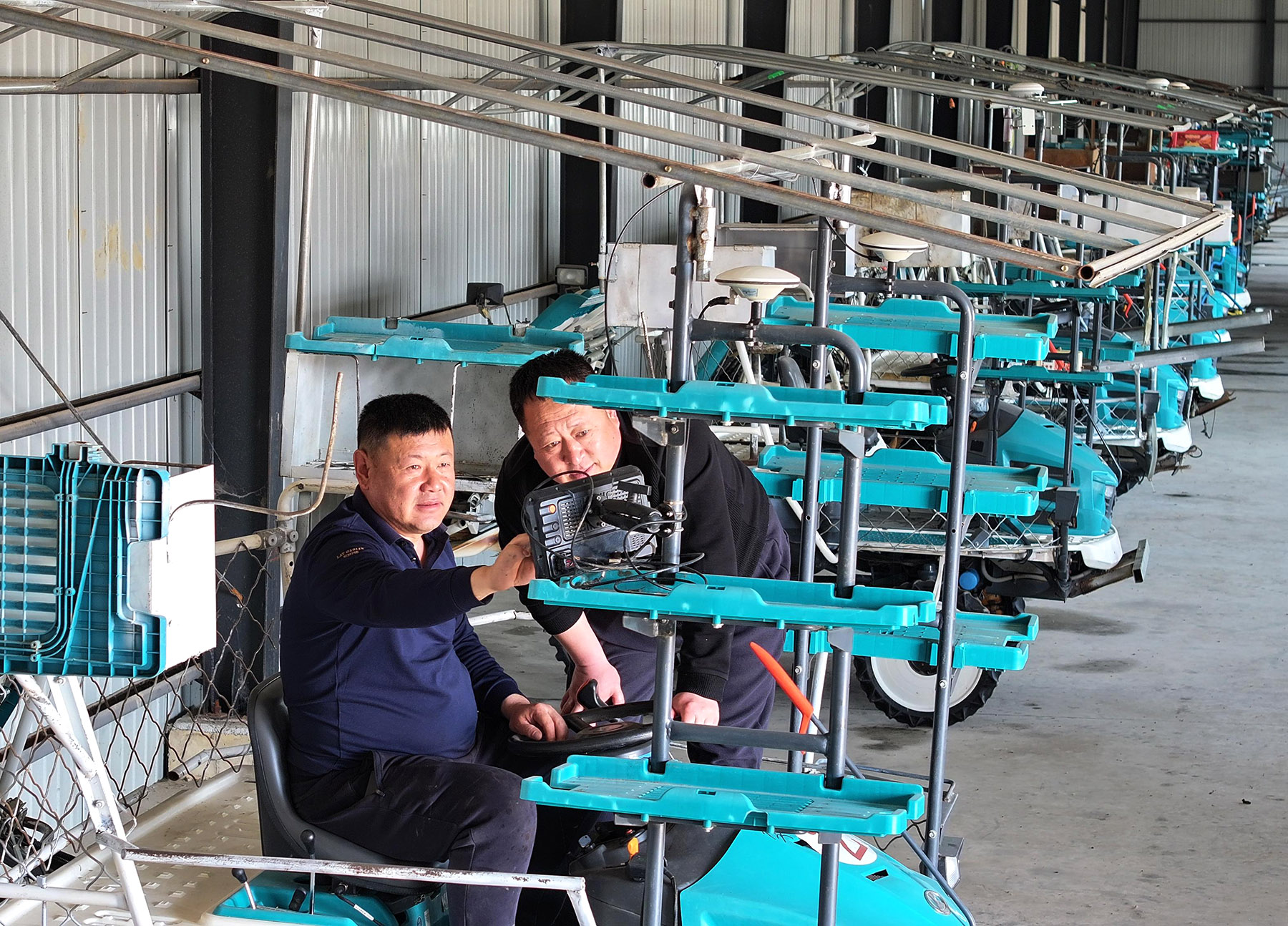
Mutant space beans
Li Yanhua, a soybean expert and researcher at the Chinese Academy of Sciences' Northeast Institute of Geography and Agroecology in Hailun, Heilongjiang, was excited recently waiting for the harvest of a special batch of soybeans.
The crop was in an experimental field at the Sanya Nanfan Scientific and Research Breeding Base in the nation's southernmost province of Hainan, 4,000 kilometers from her institute.
Different from other soybean varieties, the seeds are the descendants of upland soybean seeds that were carried into space by the Shijian 19, a reusable, returnable experimental satellite, in September 2024. During the satellite's 13.5-day flight, breeding experiments were conducted on the soybeans.
A total of five high-quality varieties of the Dongsheng soybean were sent to space for mutagenesis experiments.
They were exposed to cosmic radiation and microgravity during the mission, resulting in genetic mutations.
Back on Earth, scientists evaluated the mutations. Some of the seeds had properties favored by farmers such as greater yield and better resistance to diseases.
While excited by the early prospects, Li said further research is needed on the space beans.
Every winter, she travels from Hailun to Sanya to cultivate new soybean varieties with her team at the base.
Over the past 34 years, the 59-year-old has selected and cultivated 21 high-yield and high-quality varieties of Dongsheng soybeans.
These varieties, which are rich in oil and protein, are now planted in more than 3.3 million hectares of farmland in Northeast China, helping to increase grain yield by 1 billion kilograms and benefiting local economies by 4 billion yuan.
"The process for new soybean varieties, from breeding to approval, usually takes 10 to 12 years," Li said. "To shorten this period, almost every year after the autumn harvest, I take seeds to Hainan for planting. I return to Heilongjiang for further experiments after the seeds are harvested the following spring, which helps add one or two growing seasons and shortens the breeding time."
Every year, she makes more than 300 soybean hybrid combinations and cultivates them in an experimental field.
As China's major grain production area, Heilongjiang is home to the nation's largest soybean-producing zone.
In 2024, over 150,866 hectares of farmland were used to plant soybeans in Hailun, a major production hub for high-quality soybeans in the province. The total yield reached 392,000 tons, according to the local government.
"Soybeans have been cultivated for about 5,000 years, so we should develop the best seeds to improve our efficiency," Li said.
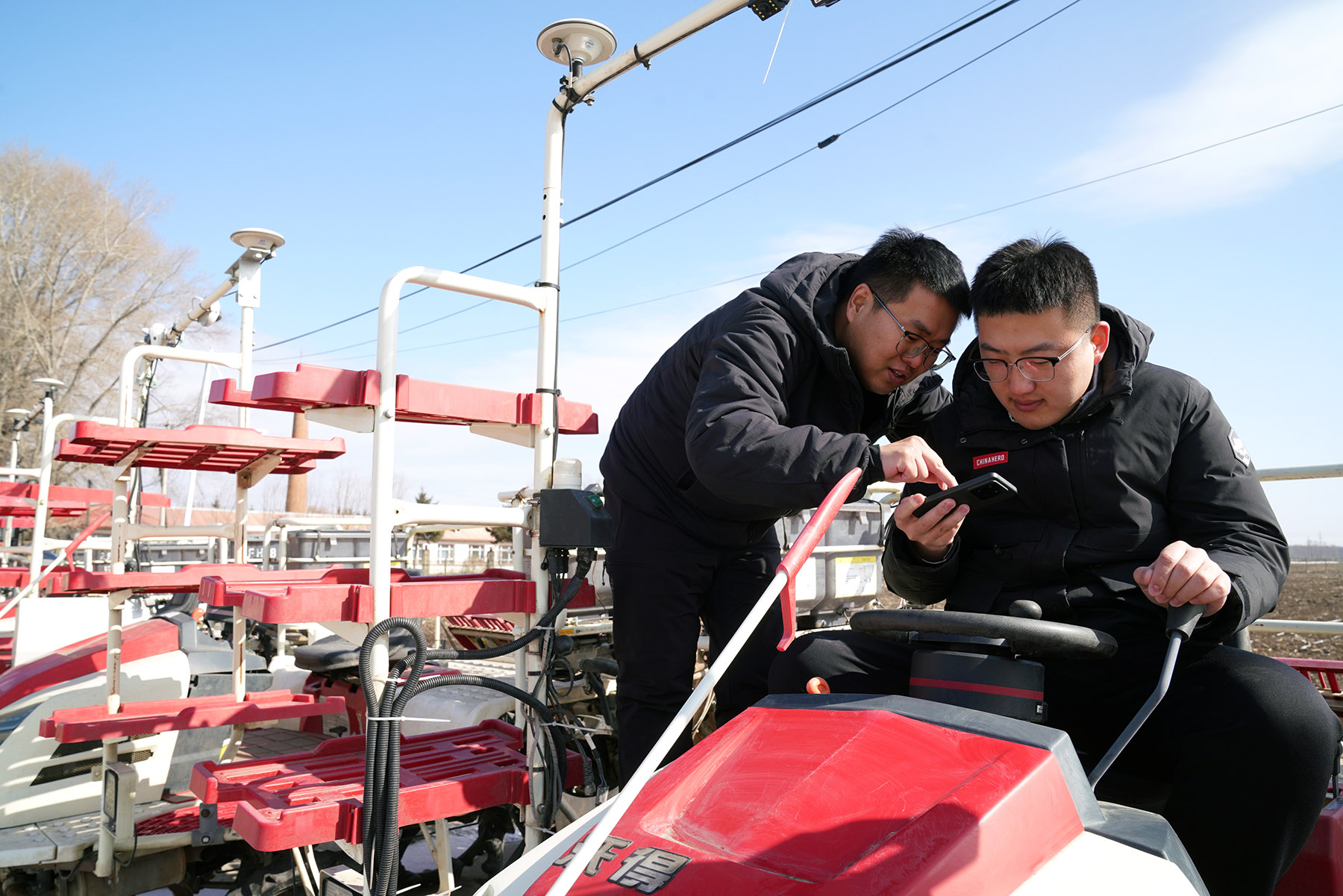
Top seeds
Seeds are key to agricultural modernization, experts said.
"Every year, the provincial finance department organizes 300 million yuan for seed industry innovation and development to continue to support its revitalization and development," said Meng Linghui, deputy director of the seed industry management office of Heilongjiang Provincial Department of Agriculture and Rural Affairs.
"Since 2021, the province has approved, and promoted, 1,710 new varieties of major crops, and built the country's largest cold-region crops and soybean germ-plasm resources bank, providing strong support for continuous and stable grain production and increases."
In recent years, Heilongjiang has carried out a series of initiatives to boost the seed industry, which have had significant success.
Zhang Yu, deputy director of the province's agriculture and rural affairs department, said Heilongjiang is at the forefront of conventional japonica rice and soybean breeding, with 15 varieties included in the national promotion catalog. This plays an important role in increasing yields, he said.
Heilongjiang has 549 crop-breeding enterprises, with seven companies in the top 10 in national soybean seed sales. Five companies are in the top 10 in national rice seed sales.
Zhang said Heilongjiang has established 19 national-level seed production counties and high-quality breeding bases. The total cultivated area of major grain crops exceeds 300,000 hectares, producing 1.4 million tons of high-quality seed crops annually, he said.
"To safeguard the interests of farmers and ensure national food security, the province thoroughly implemented the newly amended Seed Law, achieving the seed quality compliance rate of over 98 percent," Zhang said.
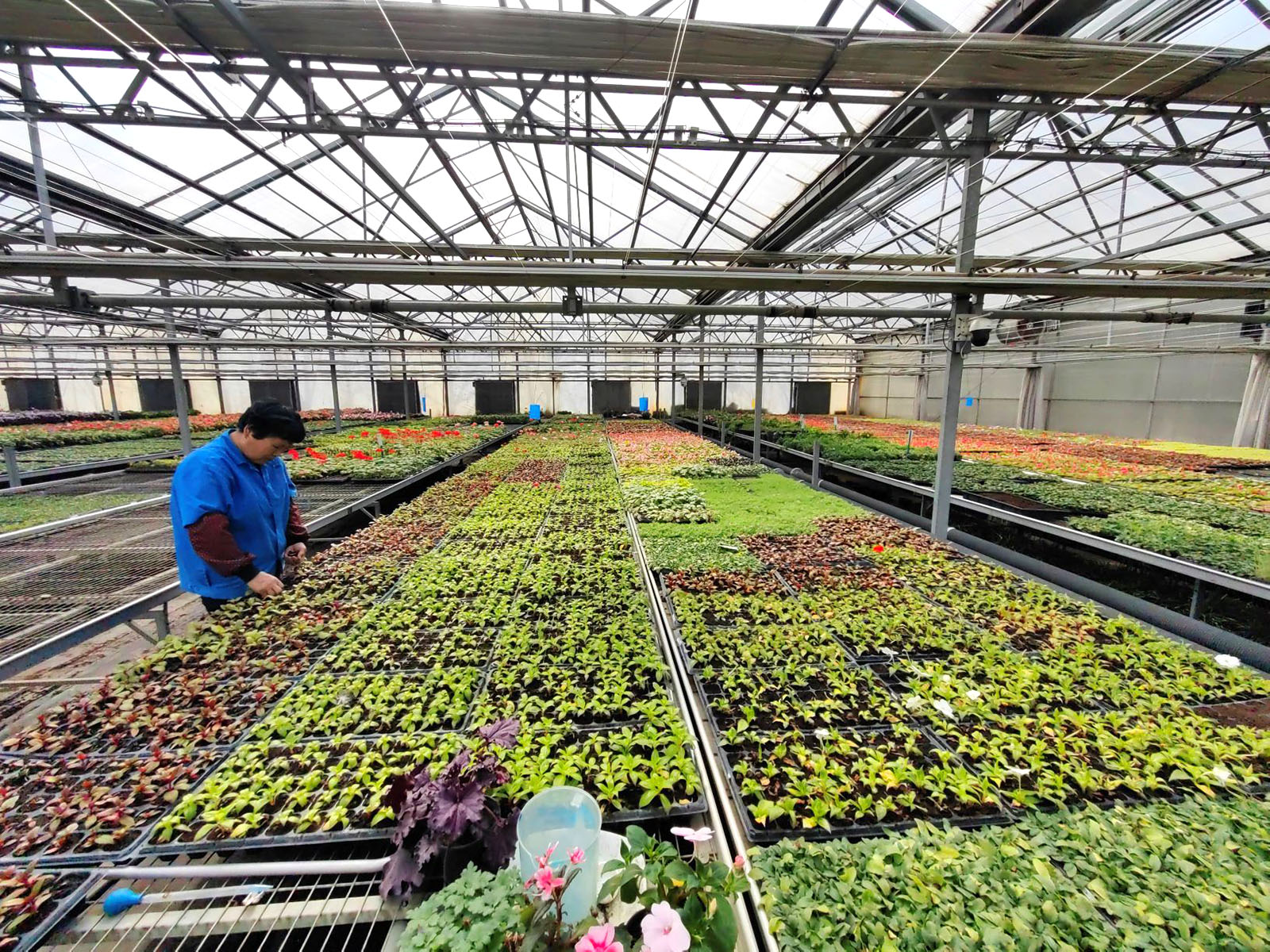
Black soil protection
Heilongjiang has also made remarkable progress in protecting its black soil resources.
The UN Food and Agriculture Organization defines such soil as mineral soils with a black surface enriched with organic carbon at least 25 centimeters deep.
According to data from the National Plan for Soil and Water Conservation (2015-30), 109 million hectares of black soil, including around 29 million hectares of farmland, are in China's northeast, spanning the provinces of Heilongjiang, Jilin, Liaoning and the eastern part of the Inner Mongolia autonomous region.
With its high density of organic matter, black soil is highly suitable for growing crops. However, long-term cultivation and the overuse of fertilizers have caused degradation of black soil, threatening the environment and grain production.
Faced with the loss of black soil due to intensive cultivation and the effects of wind and rain, Heilongjiang authorities have taken measures such as covering the soil with straw after harvesting, increasing the amount of organic fertilizer, and encouraging crop rotation to tackle the issue.
Last year, Heilongjiang developed 693,333 hectares of high-standard farmland, integrating soil improvement with windbreak forest networks.
So far, the province has established nearly 1.33 million hectares of such farmland, the most in China. This year, it aims to add 780,000 more hectares.
"To realize the sustainable use of black soil, it is necessary to focus on scientific research of black soil conservation, nutrient balance and conservational tillage," said Han Xiaozeng, a researcher with the Northeast Institute of Geography and Agroecology of the CAS.
"These research results can provide important support for maintaining the fertility of black soil and improving the overall grain yield."
Protection methods include using maize straw for mulching, and increasing the application of organic fertilizers.
The province also promotes tailored strategies based on local conditions.
ALSO READ: China releases new plan to boost agriculture strength by 2035
"In the western region of Heilongjiang, including Daqing and Qiqihar, where the climate is characterized by aridness and sandstorms, we have implemented conservation tillage — mainly no-tillage practices and straw covering — to address the protection of black soil," said Han.
"In the central part, from Harbin to Suihua, Beian, and further to Nenjiang, which falls in the black soil belt, the main focus is on protecting the black soil layer."
"In the Sanjiang Plain, where it is cold, low-lying and prone to flooding, the measures implemented mainly aim to increase the productivity of cultivated land," he added.
According to the Guideline on Protecting Black Soil in Northeast China (2017-30), by 2030, Northeast China's 16.67 million hectares of black soil will be better protected and see improvements to its fertility, ecology and farming facilities which will yield higher crop yields.
Contact the writers at zhouhuiying@chinadaily.com.cn


